Fill Graduation Gaps, Transform Higher Ed
Diverse: Issues in Higher Education
APRIL 20, 2023
We see similar enrollment gaps for African American students, rural students, and low-income students. About 60% of our state university students graduate within six years. Yet that rate drops to less than 48% for Hispanic students, 43% for African American students, and 31% for Native American students.

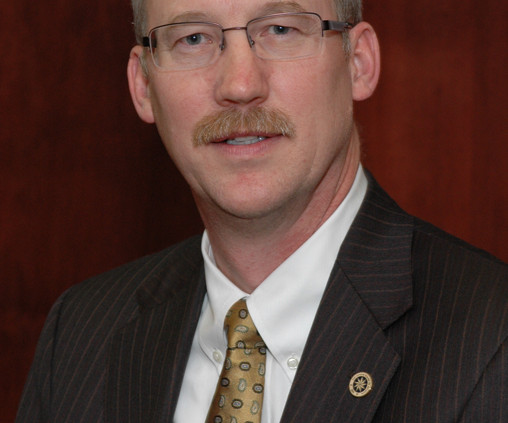
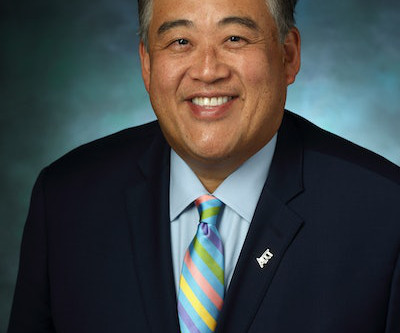
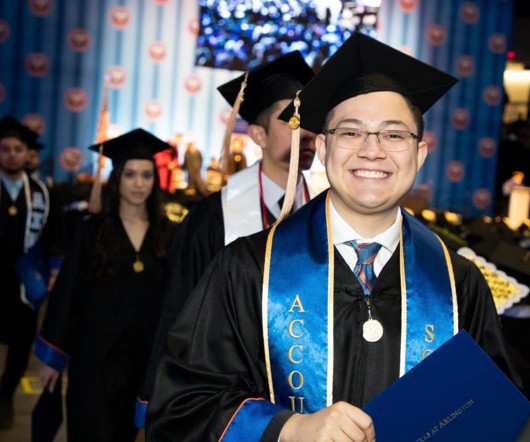
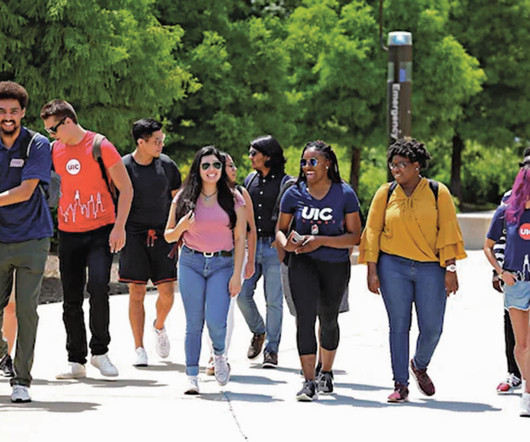

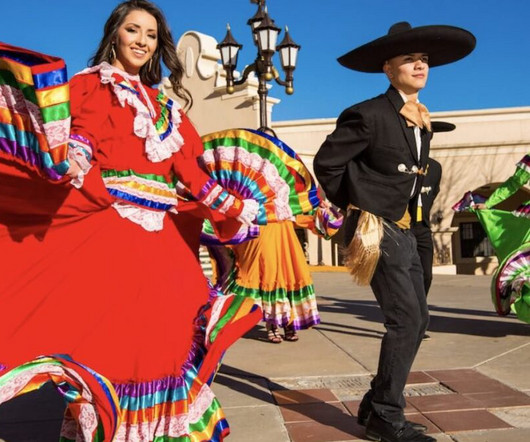
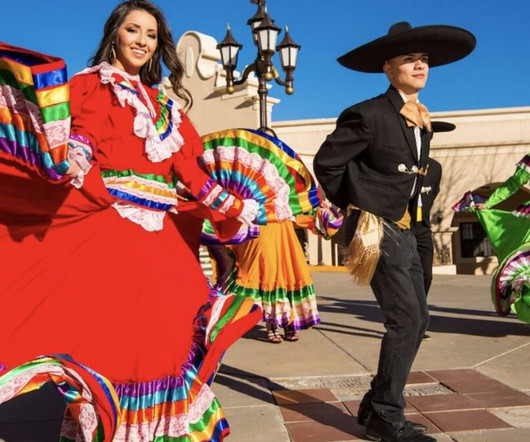






Let's personalize your content